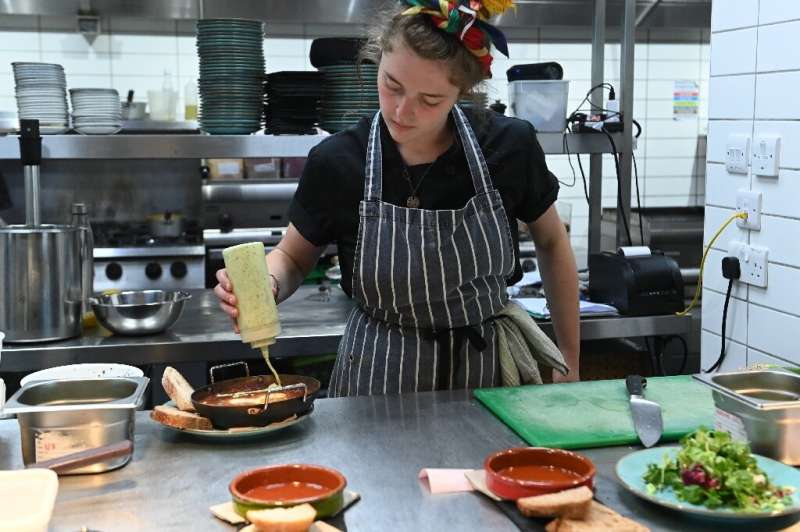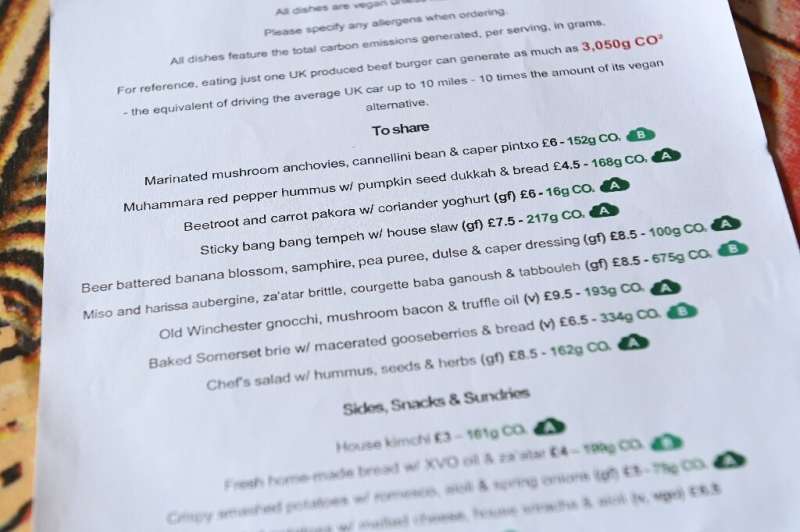Legal options running out for WikiLeaks founder Julian Assange
The tug of war over the extradition of WikiLeaks founder Julian Assange to the US is entering its final stages, with London's High Court set to make a final decision in September. His family is worried about his health.

WikiLeaks founder Julian Assange has been fighting extradition to the US for years
Julian Assange has been detained at London's high-security Belmarsh Prison, one of the UK's toughest detention centers, since 2019. The WikiLeaks founder has long since completed his original 50-week sentence for skipping bail in 2012. But he has remained in custody ever since, in extremely harsh conditions, in what is essentially detention pending deportation.
British Home Secretary Priti Patel signed the judicial extradition order in June. Assange has one last chance to be allowed to appeal the judicial order, to the High Court in London. A ruling is expected next month. If his request is rejected Assange will be extradited to the United States within four weeks.
Concerns for Assange's health
If the judges deny her husband the chance to launch another round of appeals, Assange's wife and lawyer, Stella, fears the worst. "Julian's life depends on him winning this," she said, in an interview with DW. "Julian is clinically depressed. If he is extradited, and placed in the type of isolation that the US government says it reserves the right to place him in, then he will commit suicide."
Assange's Australian family are also very worried. Speaking to Sky Australia last week, his father, John Shipton, described Assange's health as "very worrying and becoming dire now."
"His health is in decline," Assange's brother Gabriel confirmed in the same interview. "He's in a very, very precarious situation… It really is heartbreaking to see Julian, this gentle genius, in a maximum-security prison alongside the most violent criminals in the United Kingdom."
The family has appealed to the new Australian prime minister, Anthony Albanese, asking him to intercede on behalf of his compatriot. During his election campaign, Albanese had declared, "Enough is enough," indicating that the persecution of the WikiLeaks founder must come to an end.
However, Assange's father and brother have said no progress has been made since the new prime minister took office, and that so far they have been unable to make an appointment with the prime minister to discuss the issue. In a recent public statement, Albanese pointed out that negotiations like these must be conducted quietly and diplomatically, behind the scenes.
Disputed extradition
According to Stella Assange, the High Court must allow further appeals against an earlier decision made by the same court. The principal bone of contention, however, is the formal interpretation of the extradition treaty between the UK and the US.
In the first instance, a district court judge also took the prisoner's state of health into account, and ruled against extradition. The more senior judges, however, did not accept this argument as decisive.
There are other aspects of Assange's case that have been ignored to date, despite the best efforts of his lawyers. For example: the question of whether Assange's right to freedom of expression and the protection of journalistic work ought not, in fact, to prevent extradition. Or whether the US made the request for political reasons.
"Ultimately, once the domestic remedies have been exhausted, he can then appeal to the European Court of Human Rights," said Stella Assange. However, it remains unclear whether the British judges would be prepared to wait for an ECHR ruling.

Assange's two sons, now 3 and 5 years old, have only ever known
their father as a prisoner
That's because the British government is set on a collision course with the European Convention on Human Rights. A draft bill submitted to the British Parliament at the end of June proposes to reduce protection for refugees. Instead of going through the asylum process in Britain, migrants would be sent to Rwanda to apply for asylum there. If the Tory hard-liner Liz Truss moves into Downing Street in September, Assange has little hope of a successful political intervention.
Prison visits with children
Once a week, Stella Assange is allowed to visit her husband in Belmarsh with their children for an hour. The two boys, now 3 and 5 years old, have only ever known their father as a prisoner.
Every family visit resembles an obstacle course — even the children are thoroughly searched. "They check inside their mouth, behind their ears, in their hair, under their feet; they have to go through the dogs that sniff them from head to toe, and they understand this is a place where their father is not allowed to leave," said Stella Assange.
Ultimately, though, she said this fight is not just for her husband's life, but for press freedom in Europe. "Is it permissible for a foreign power to reach into the European space and limit what the press can publish?" she asked. "Think about if China were to do the same thing and prosecute a journalist in Germany on the same principle, because that journalist exposed Chinese crimes."
But an extradition treaty like the one between the UK and the US exists only between friendly nations, where there is in fact trust in each other's democratic justice system. And where, it appears, geopolitical factors weigh heavier than the fate of a single man.
















